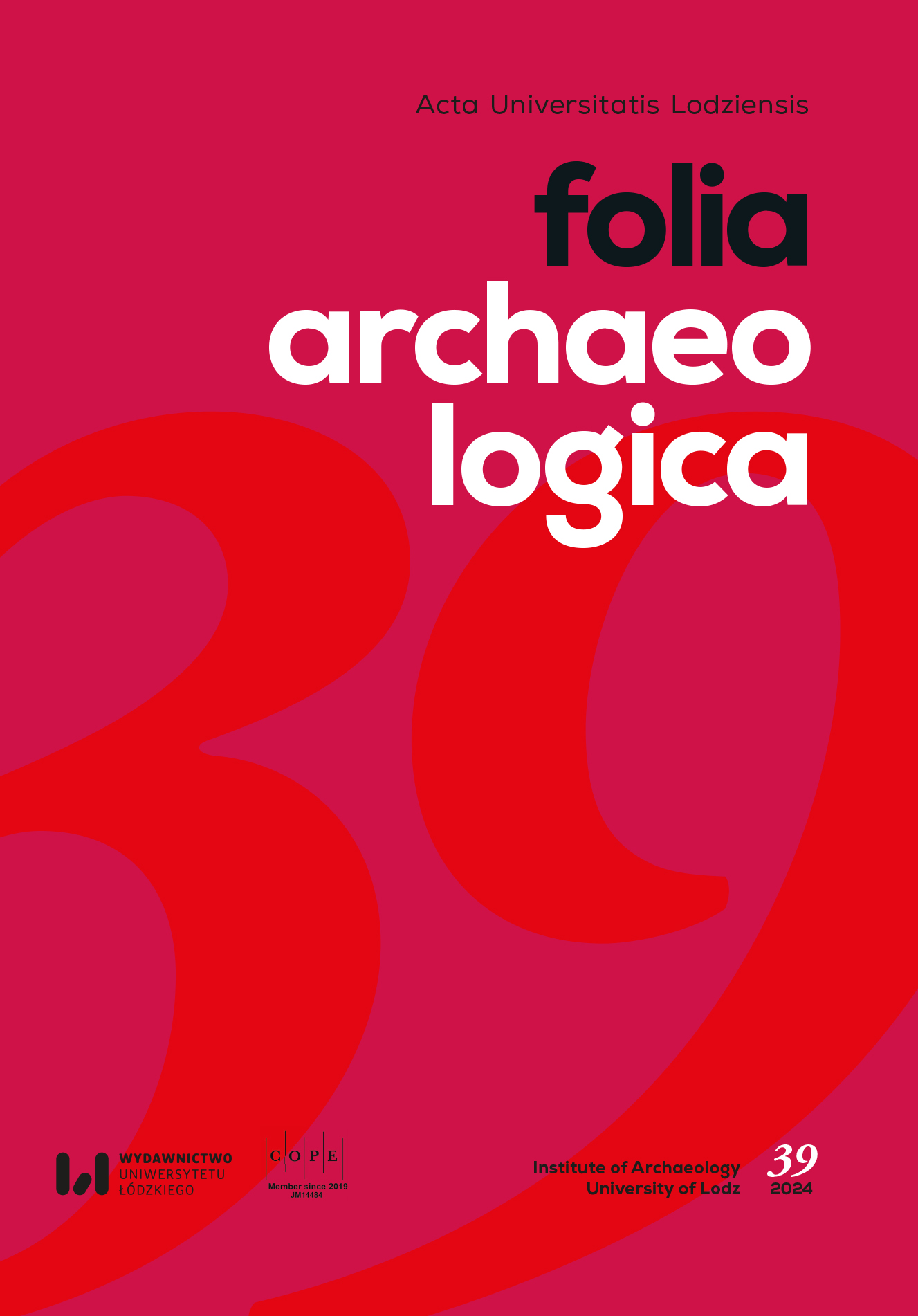Jak to z tym cisem było? Drewno cisowe jako surowiec do produkcji naczyń klepkowych w kontekście wczesnośredniowiecznych znalezisk nekropolicznych pochodzących z ziem polskich
What Was It Like with That Yew Tree? Yew Wood as a Raw Material for the Production of Stave-Built Vessels in the Context of Early Medieval Cemetery Finds from Polish Lands
Author(s): Tomasz KurasińskiSubject(s): History, Archaeology, Customs / Folklore, Ethnohistory, Cultural Anthropology / Ethnology
Published by: Wydawnictwo Uniwersytetu Łódzkiego
Keywords: European yew (Taxus baccata L.); stave-built vessels; posthumous equipment; vessels in graves; funeral rituals; yew wood; yew tree symbolism; apotropaic meaning; early Middle Ages
Summary/Abstract: Paleobotanical analyzes indicate that among the stave vessels recorded in burials from Polish lands, the majority are specimens made of yew wood (14 buckets). The frequent equipping of burials with yew vessels is confirmed in many European areas and is not limited only to the early Middle Ages. This observation raises the question about the reasons why this type of raw material was preferred. The reasons should be sought in the favorable technological and operational parameters of yew wood, manifested in its durability and resistance to changing humidity conditions. After appropriate processing, it ensured the strength and tightness of the vessel. An eye-catching color was also important, increasing the visual value of the container. However, there are indications that the belief, magic and symbolic content associated with the yew, a tree evoking associations with death, mourning and extra-temporal reality, as well as with permanence and immortality, may have been of primary importance. We have evidence of this in many cultures. This was related to the biological properties and habitat preferences of yew. Almost all parts of this long-lived and durable tree are highly toxic. Therefore, one wonders whether vessels made of this material could have served as utility vessels. Numerous remains of early medieval vessels and other everyday items from Polish lands, made of yew wood, rather exclude the possibility of their significant harm to human health. This is confirmed by the results of specialized analyses, although the need for further complementary research is indicated. The connotations of yew with the afterlife sphere particularly well determine the usefulness of yew vessels in funeral rituals, not only – like other vessels placed in graves – in the cult of the dead, but also as a determinant of the status of the buried person. Thanks to their handy size and functionality, and especially the special and valuable wood, these containers were suitable for consuming meals or drinks on the tables of representatives of privileged classes.
Journal: Acta Universitatis Lodziensis. Folia Archaeologica
- Issue Year: 2024
- Issue No: 39
- Page Range: 91-132
- Page Count: 42
- Language: Polish

